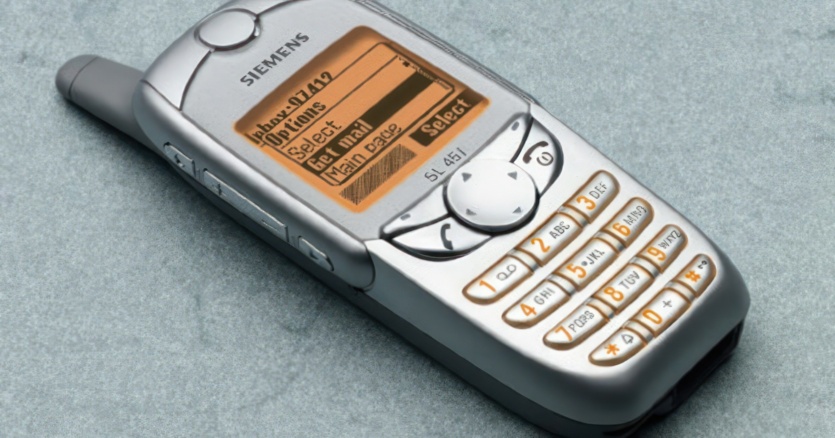
The mobile phone as a device was invented twice: In 1973, when Martin Cooper called Joel Engel «wirelessly» and in 2007, when Steve Jobs introduced the first Apple iPhone. Since then, the world has never been the same. People are immersed in social networks and endless consumption of video/photo content, all thanks to a large touchscreen made using capacitive technology.
After 2007, push-button smartphones became extinct, but in this article (or rather a series of articles) we will not talk about their collapse, but rather about the best of times, about the heyday of mobile technology before the Apple iPhone era. Let’s go back to the years when designers were not afraid of experiments, and technologies surprised every year. Back then, the market was regularly replenished with mobile phones that were imprinted in the memory and became legends.
Let’s recall the heyday of such operating systems as Symbian, Windows Mobile, Palm OS, BlackBerry OS, and talk about the best phones and smartphones from 2000 to 2006. Let’s start «digging» with the year 2000, for several good reasons. It was in the third millennium that the development of mobile phones became exponential: no sooner did the phone come out than it became outdated, and every year manufacturers surprised the most demanding techno-fans and the whole world.
This is not the case with the progress of wireless phones from 1990 to 2000, where changes were more minor and quite smooth. In the 21st century, cameraphones appeared, color displays became the norm, and smartphones penetrated deeper into the masses. So, in this issue, we will recall the best models of 2000-2001, briefly describing each of them.
Content
Nokia 3310
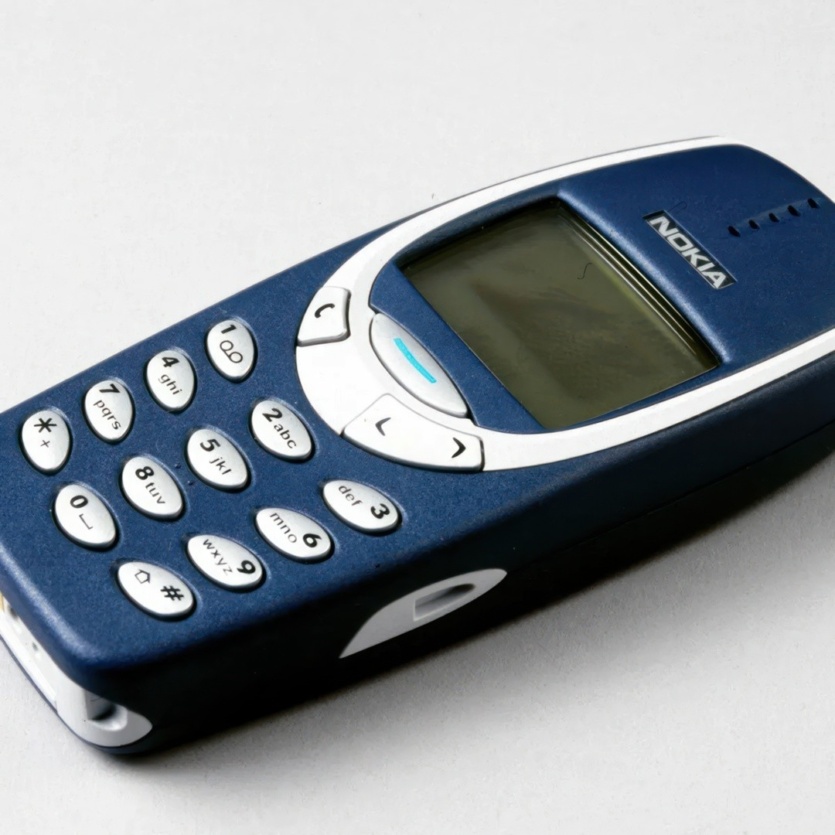
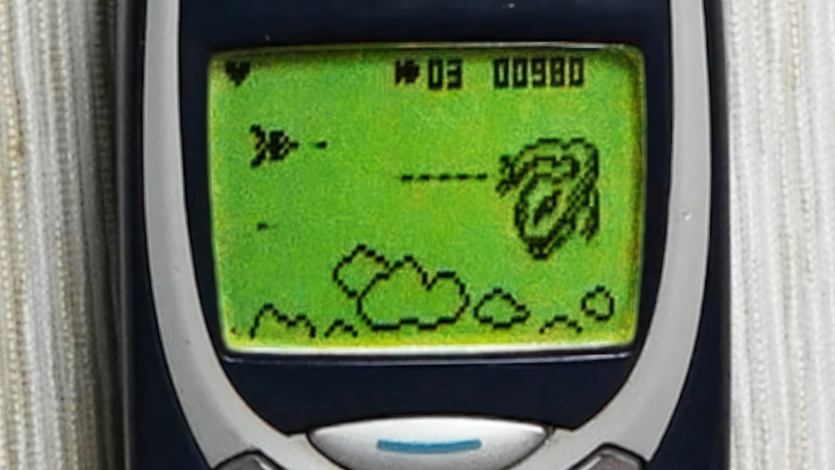
One of the most popular phones in history, the Nokia 3310 has gained a reputation as a reliable, almost immortal device. No wonder, more than 120 million Nokia 3310s have been sold. As of 2000, the device’s functionality was above average: built-in ringtones and games (including the legendary snake and Space Impact), SMS and T3 intuitive input support, good battery life, and a sturdy body.
It became legendary thanks to its durability and interchangeable panels. You can disassemble the phone with your bare hands without a screwdriver in a minute or two, and replacing the battery takes no more than 10 seconds. Although the model does not stand out for its incredible features, the excellent sales of Nokia 3310 brought good profits to the company, which in turn influenced the technological development of the Finnish manufacturer’s mobile phones.
Samsung M100
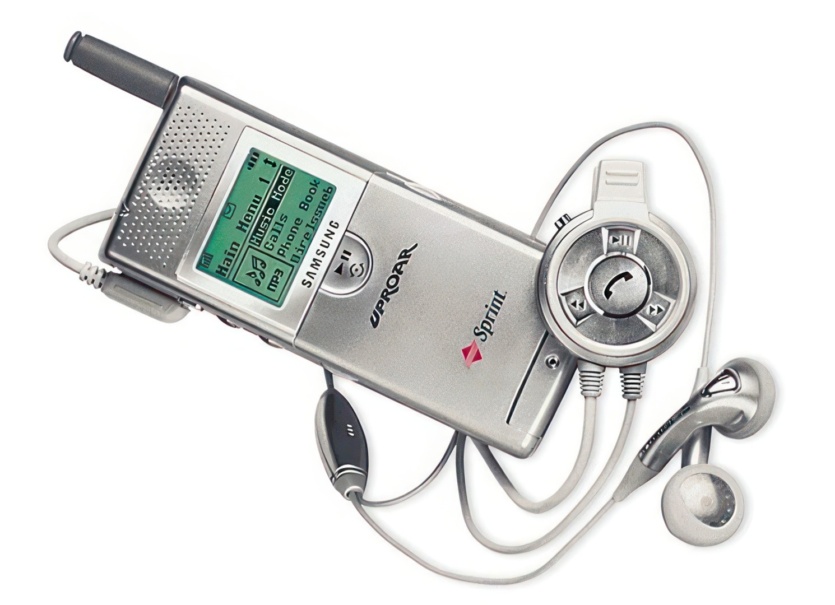
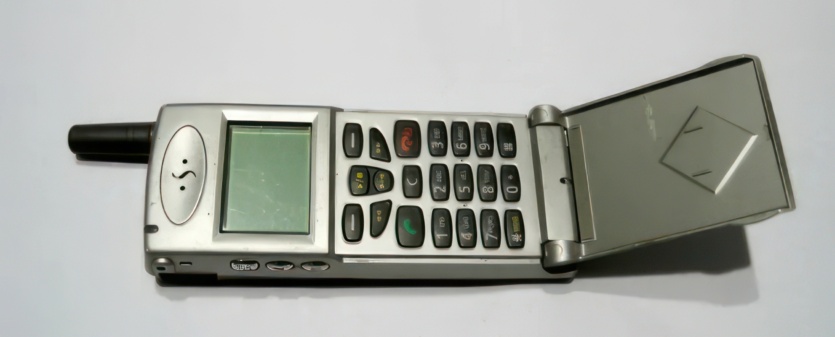
In 2000, CD players (and cassette players as well) were in high demand, and models with HDD/Flash drives were just beginning to enter the market, but not every music lover could boast of an MP3-enabled mobile phone. Samsung M100 was one of the first devices to combine a music player and a phone.
At a time when most people enjoyed midi tunes or polyphony, the Samsung M100 supported MP3 and had 32 MB of internal memory. This amount seems ridiculous now, but 24 years ago, most premium phones had a few hundred KB of memory at best. The Samsung M100 ushered in the era of music phones and started the trend of audio players becoming extinct as separate devices.
Ericsson R380
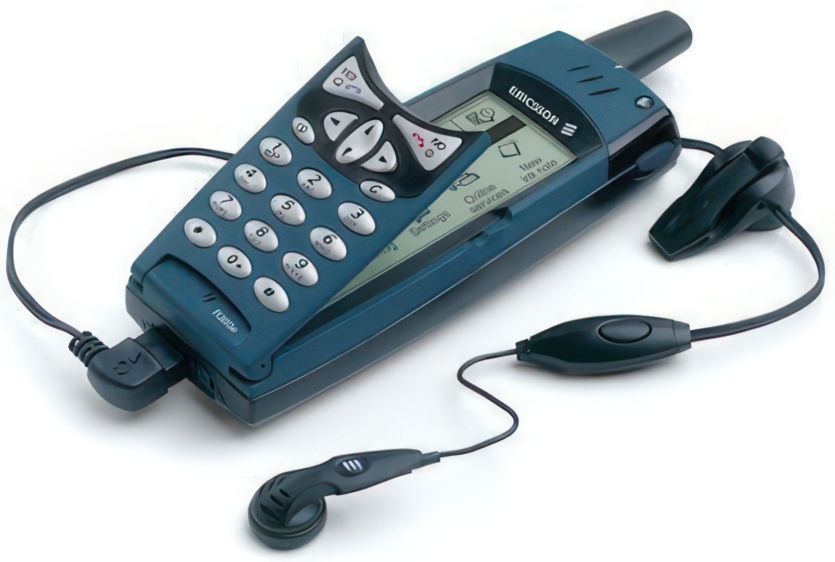
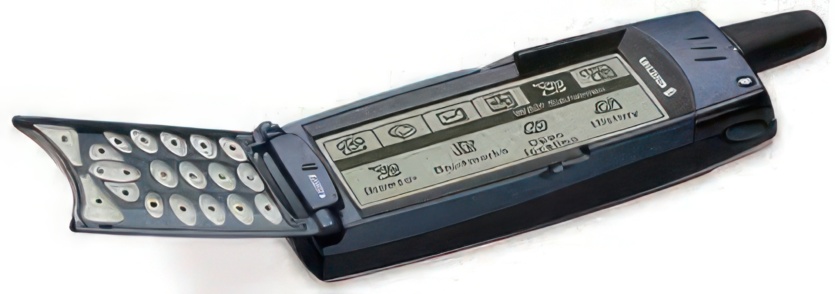
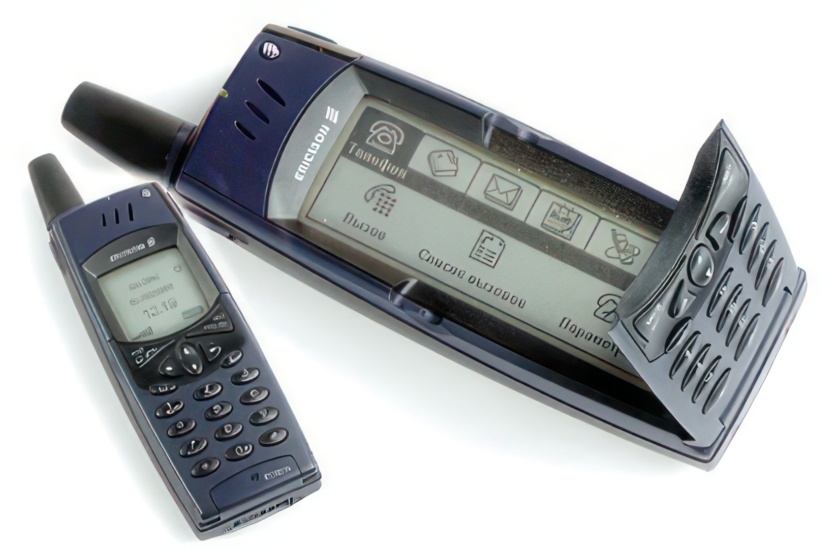
This model was ahead of its time and came out when humanity was not ready for such a form factor. Ericsson was one of the first companies to offer a full touchscreen interface with a resistive screen. The Ericsson R380 smartphone was technologically advanced and ran on the Epoc OS, which would evolve into Symbian a few years later.
The device functioned as a conventional keypad phone or as a communicator by folding down the front panel. The giant screen held a lot of information, especially text messages — the Ericsson R380 worked not only with SMS, but also supported e-mail. The device was positioned as an Internet communicator. Undoubtedly, the Ericsson R380 laid the first stone in the foundation of future mass-market touchscreen smartphones, although it did not receive the attention it deserved at the time.
Motorola A6188

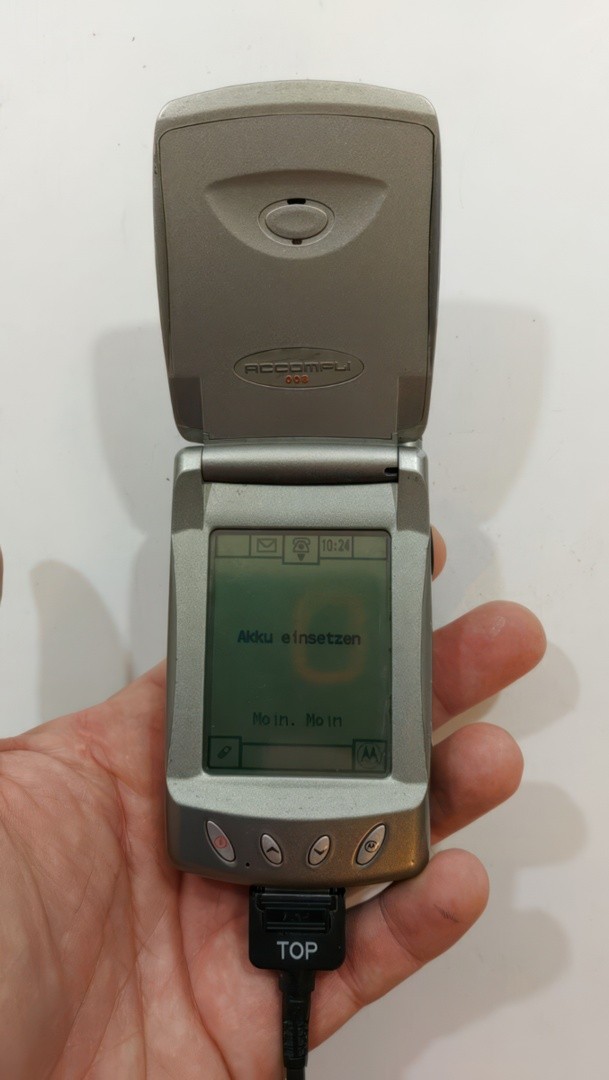
Another touchscreen pioneer that surprised with its capabilities. The resolution of 320×240 pixels will not be massive for another half a decade since the release of Motorola A6188. A large display, support for e-mail, SMS, WAP 1.2 — a secret agent’s dream 24 years ago. Despite the lack of support for MP3 and memory cards, the Motorola A6188 was equipped with an FM receiver, had built-in games, and a full-fledged organizer.
With several memory cards, you could keep an entire music collection in a device designed for calls, which seemed incredible at the time. The Siemens SL45 can be confidently considered the best music phone with the best functionality as of 2000.
Siemens SL45i
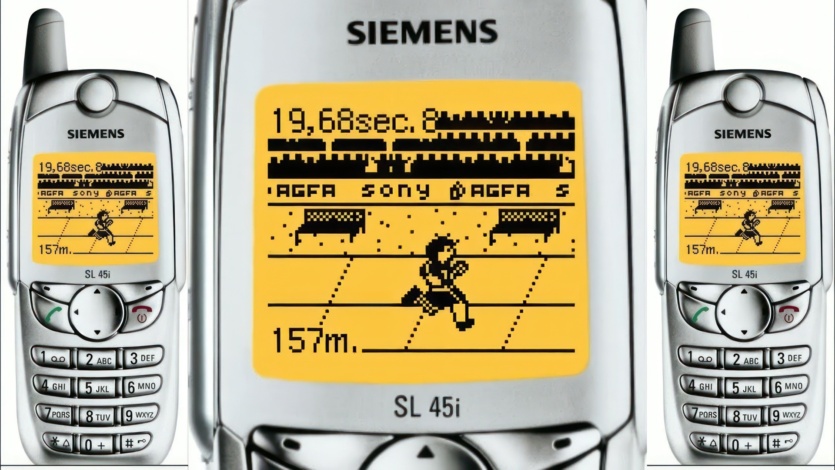

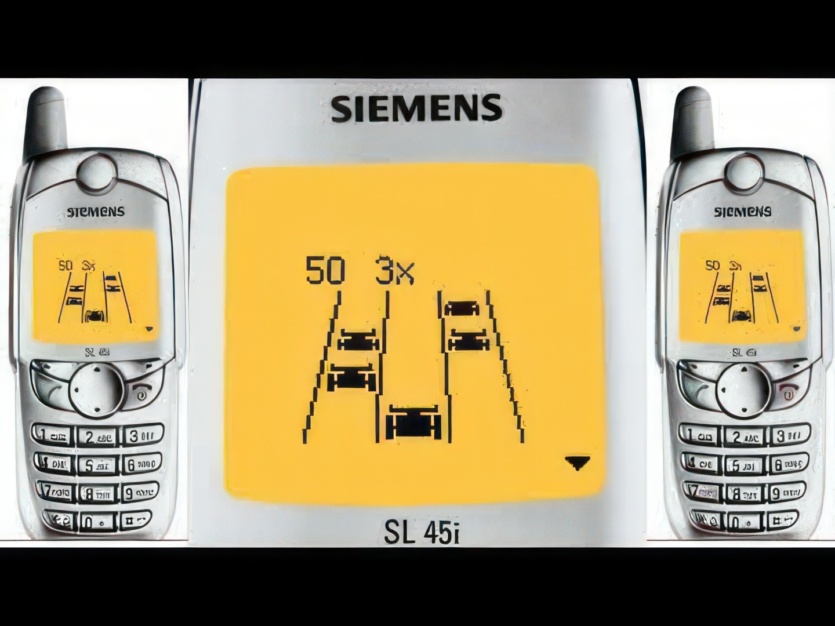
A year later, the company released an updated version of the hit S45. The model sold well, but competitors were breathing down its neck, producing better analogs of the technology leader. It was expected that in 2001 the market received an update of the flagship in the form of Siemens SL45i.
The update turned out to be rather minor, except for Java support. This was one of the first phones that could download not only pictures and melodies but also video games from the network. This way, the already generous library of built-in games in the Siemens SL45i could be expanded.
Add to this the ability to exchange information with other phones using the infrared port. The Siemens SL45i was a dream in 2001, but it didn’t hold the title of top device for long, and very soon the German manufacturer would face the «Nordic threat» (read Nokia).
Panasonic GD95
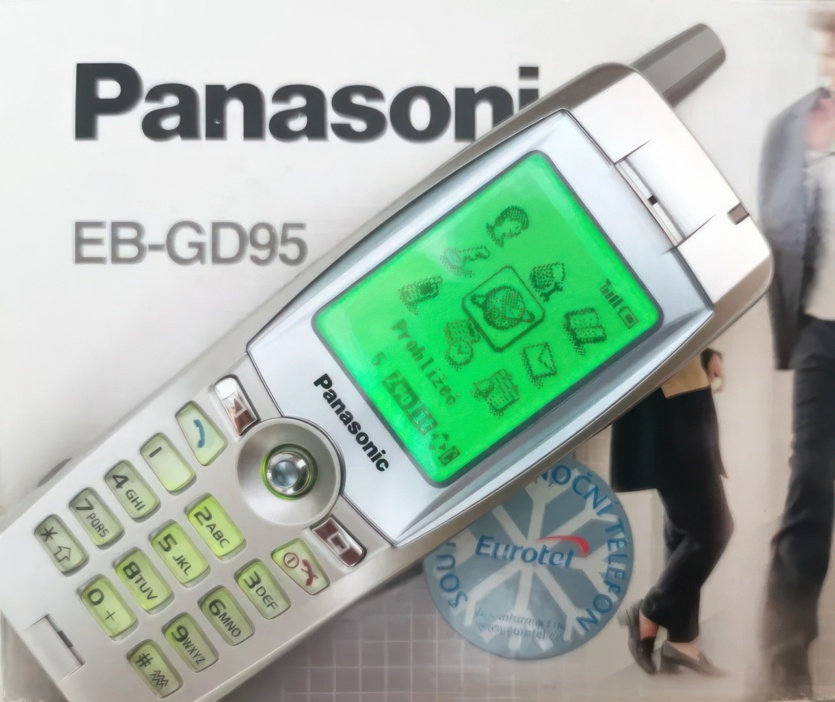
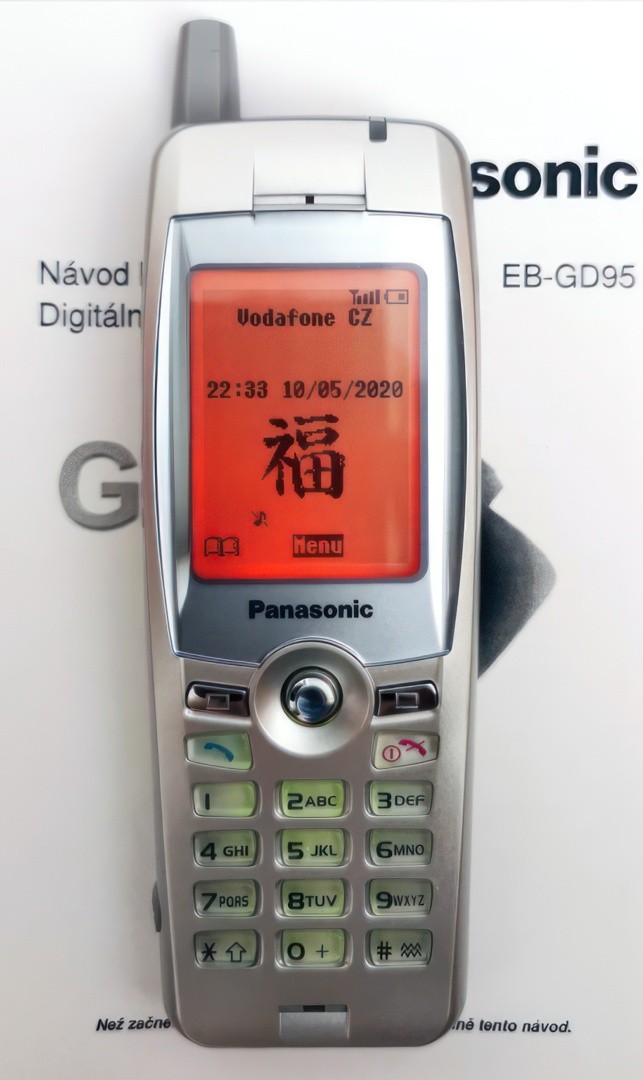
The screen sizes of push-button phones at the time were tiny, rarely exceeding 1.3-1.5 inches diagonally, so it was unusual to see the giant display of the Panasonic GD95. This model started the trend of vertical screens because until then, all phones had a square ratio at best. The Japanese model could accommodate 11 lines of text, which was something that the owners of Nokia and Siemens at the time could only dream of.
The functionality of the Panasonic GD95 did not claim to be a technology leader, although it was still at a decent level: the device supported e-mail, could download Internet pages using the WAP 1.2 browser, had built-in games and a voice recorder. Very soon, other manufacturers would realize that it was time to «rotate displays by 90 degrees» and increase their size, as was done in the Panasonic GD95.
Nokia 5510
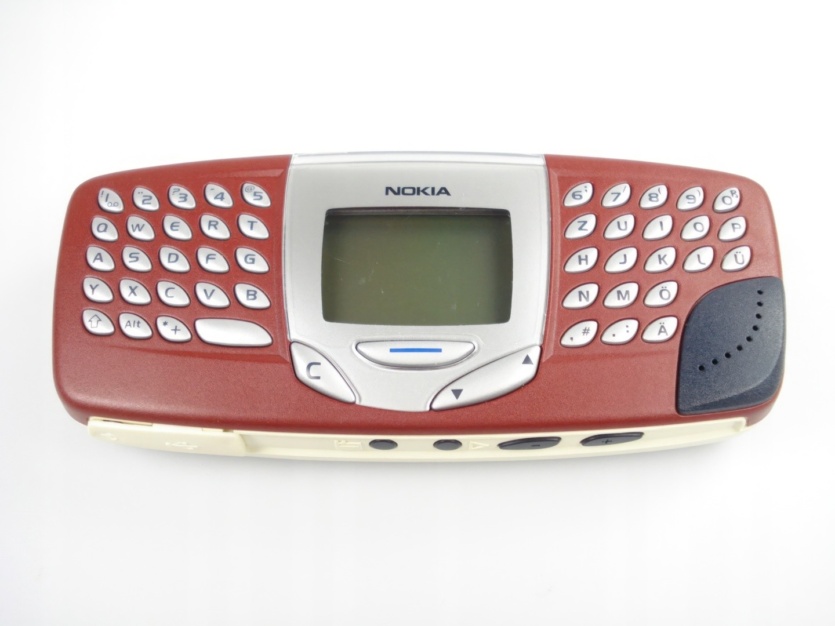
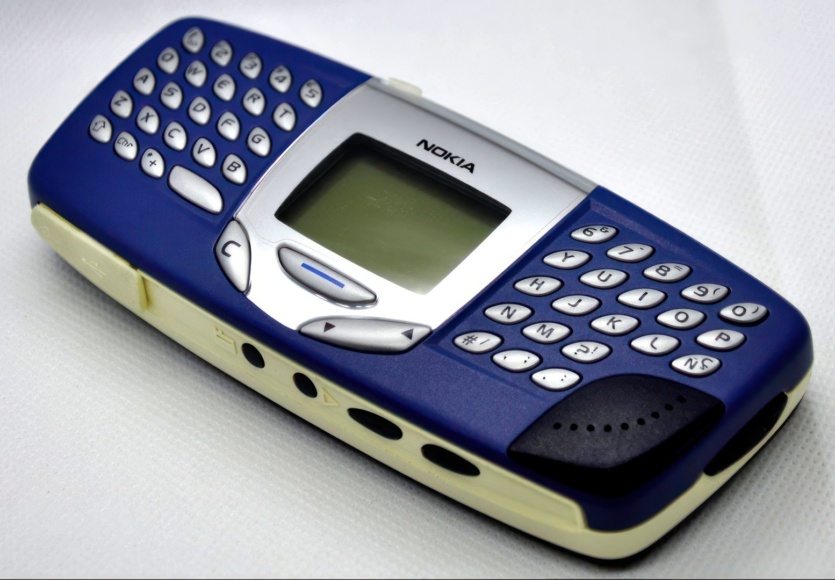
A technological marvel of 2001 that changed the way users thought about what a flagship phone should look like. The Nokia 5510 had too many strengths to ignore — it was the world’s first phone with 64 MB of internal memory. For many years after that, manufacturers could not afford such large capacities in mass-market phones, until Flash drives became cheaper.
Of course, the phone supported MP3 and had a stereo FM radio. There were already plenty of music models at the time, but the Nokia 5510 was more than just a phone for music lovers. Ergonomics and communications were the main advantages, especially the use of a split QWETRY keyboard, which was a good solution.
No other phone or flip phone was as comfortable to type text messages on. The Nokia 5510 founded an entire category of smartphones from the Finnish manufacturer that took the best design ideas and took them to the next level.
Ericsson T68

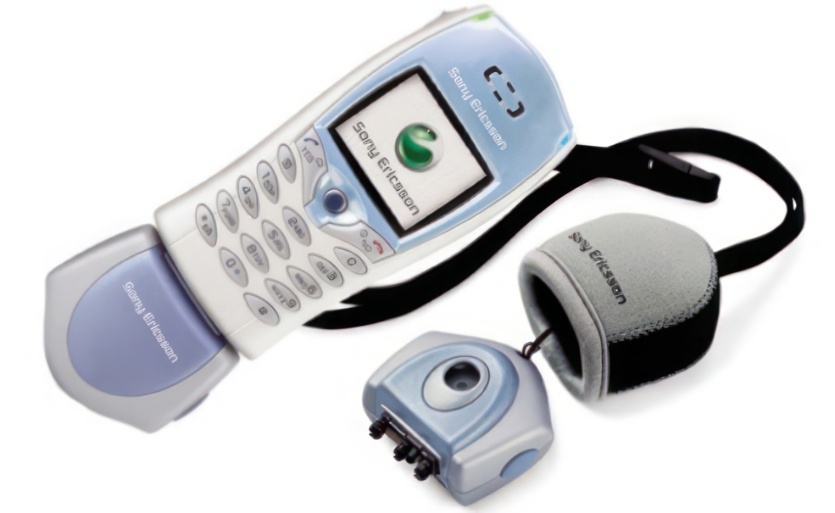
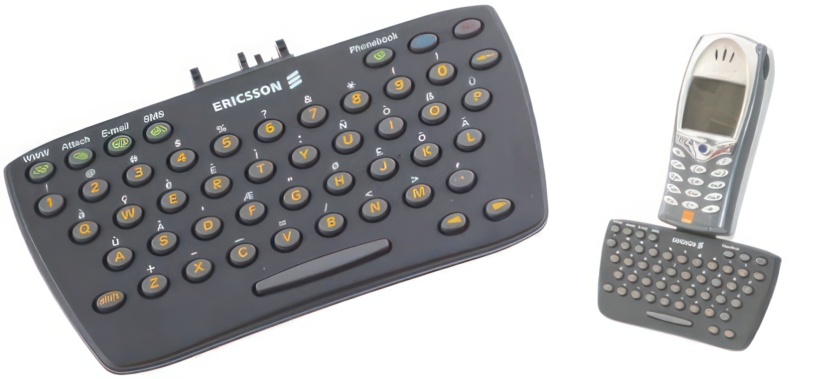
Even before the merger with the Japanese company, Ericsson kept the bar high and offered innovative products. Toward the end of 2001, the market finally saw mobile phones with color displays, and one of the first was the Ericsson T68. This model could not boast of a large amount of memory, but it left an incredible impression on the user.
Millions of users liked the CSTN display with a resolution of 101×80 pixels, which displayed 256 colors. Equally important were the Ericsson T68’s communications, which included an infrared port and Bluetooth 1.0 (an unprecedented luxury at the time). It is worth mentioning for its support for SMS, EMS, MMS, WAP and Email, a generous set of pre-installed games and good battery life.
But that’s not the end of the Ericsson T68’s capabilities. At that time, there was no such thing as a phone with a built-in camera, but there were external modules. We connected the camera to the Ericsson T68, took pictures, and looked at the surprised looks of others in 2001. In addition to the camera, there were other modules, such as a QWERTY keyboard.
Trium Eclipse
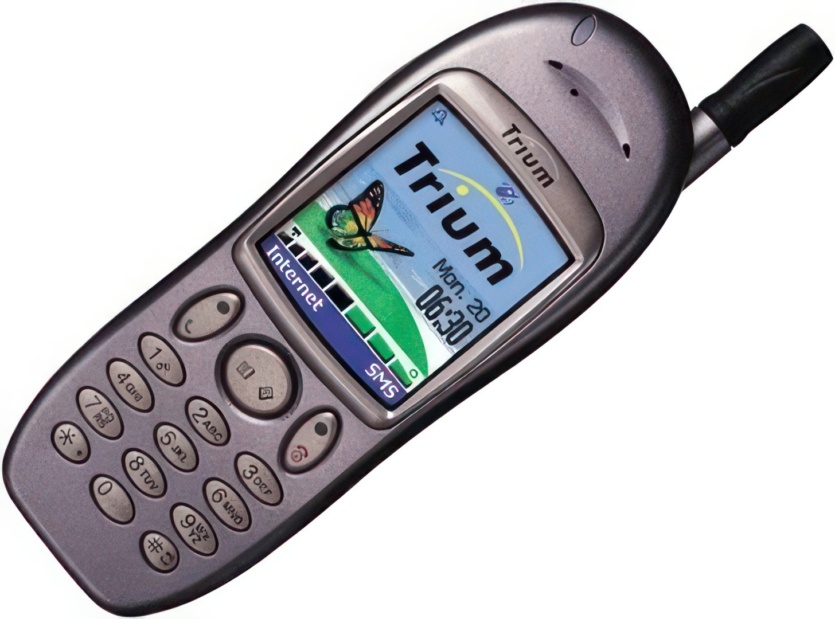
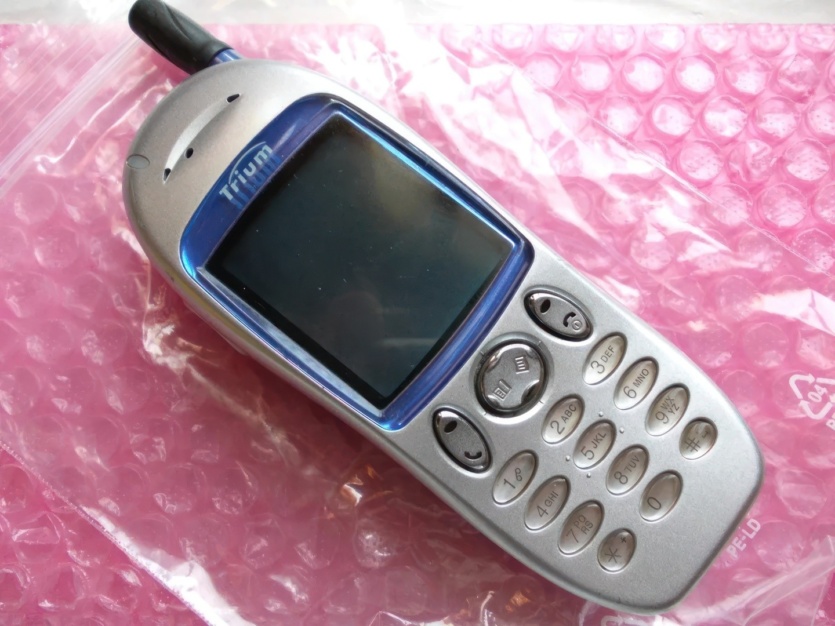
Only Trium Eclipse managed to surpass the Erisscon T68 display. It was this model that set a new technological level, to which all other world manufacturers were striving. The giant screen with a resolution of 120×143 pixels and support for 256 colors was impressive at a time when 99% of phones displayed only grayscale.
Trium Eclipse has an infrared port, an organizer, built-in games, a functional clock, and an updated WAP 1.2.1 browser. Although the device did not gain incredible popularity, it made a huge contribution to the development of mobile technologies, setting the right direction. Trium Eclipse definitely has the best mobile display among all the phones of 2001.
Nokia 9210
The unequivocal technology leader of 2001, the most functional portable device of the time, which combined a computer and a phone in one. Nokia 9210 was a successful continuation of the series of Finnish communicators. Incredibly high-cost and narrow specialization did not allow it to become popular like classic phones, but the characteristics were impressive.
A color display with a diagonal of 4.5 inches with a resolution of 640200 pixels, support for external cameras, a viewer for office documents Word, Excel, PowerPoint, PDF, an email client, an HTML browser. All this in combination with a QWERTY keyboard made the Nokia 9210 an ideal choice for business people. The device was based on Symbian 6.0 Series 80, and the ARM9 processor with a frequency of 52 MHz was responsible for smooth operation.
The lack of Bluetooth and limited multimedia capabilities can be noted among the shortcomings. However, it was possible to transfer data using the infrared port, and music is definitely not what business people need, for whom the device is designed.
The built-in memory was 14 MB, but only 2 MB is available. It was possible to expand the PZP with the help of MMC cards. Due to its giant dimensions, weighing 250 grams, the phone did not become a favorite of the public, but it showed what a real mobile computer is. It absorbed all the best from previous versions of Nokia Communicator and became a hit among technically advanced users.
Conclusions
The beginning of the twenty-first century brought impressive technologies to the mobile phone market. Within two years, the world saw MP3-enabled phones, models with memory cards, high-resolution touch screens, external cameras, built-in QWERTY keyboards, huge FLASH memory and, of course, the first color displays.
All these technological achievements became a solid foundation for the lightning-fast development of technology, as we will see on the example of the most successful phones and smartphones of 2002-2003. In the next issue of «The World Before Apple iPhone» we will tell you about even more unique devices that have demonstrated huge progress relative to the heroes of this article.
Have you owned any of these devices? Share your emotions and nostalgic tears of happiness with us in the comments.

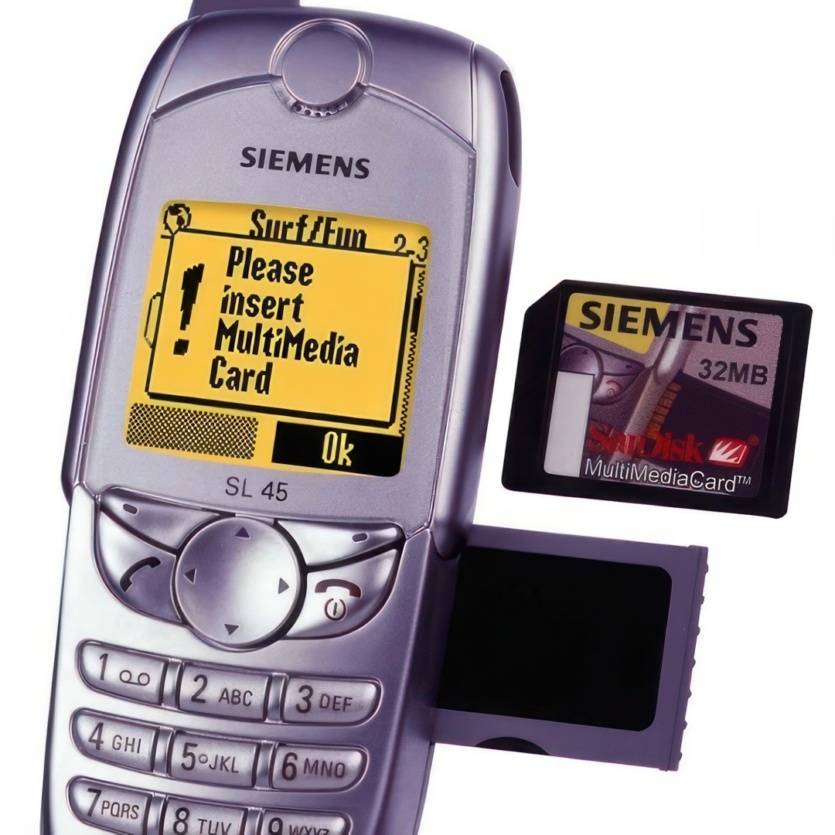
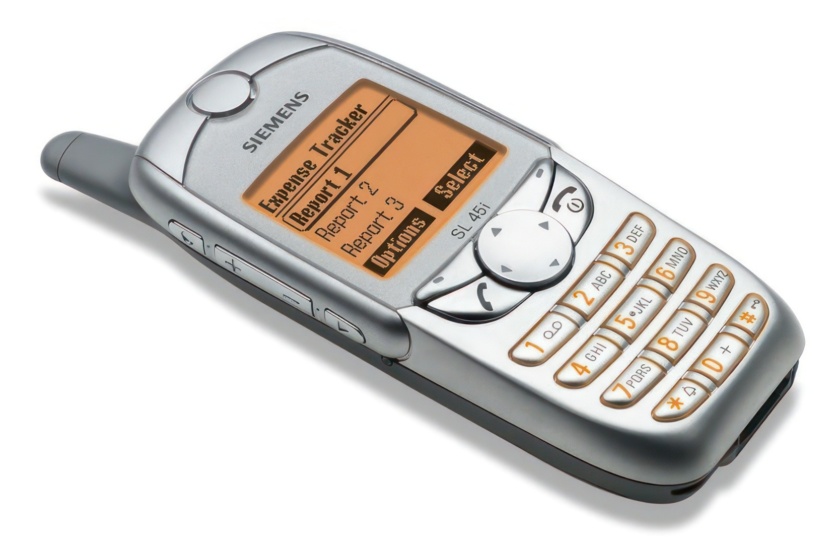
Spelling error report
The following text will be sent to our editors: